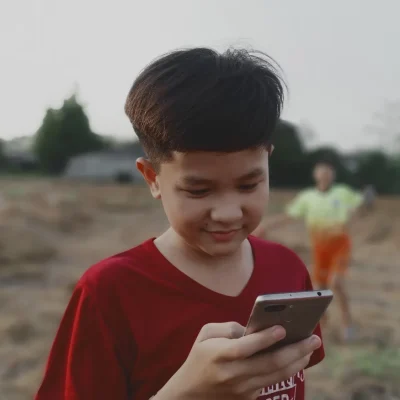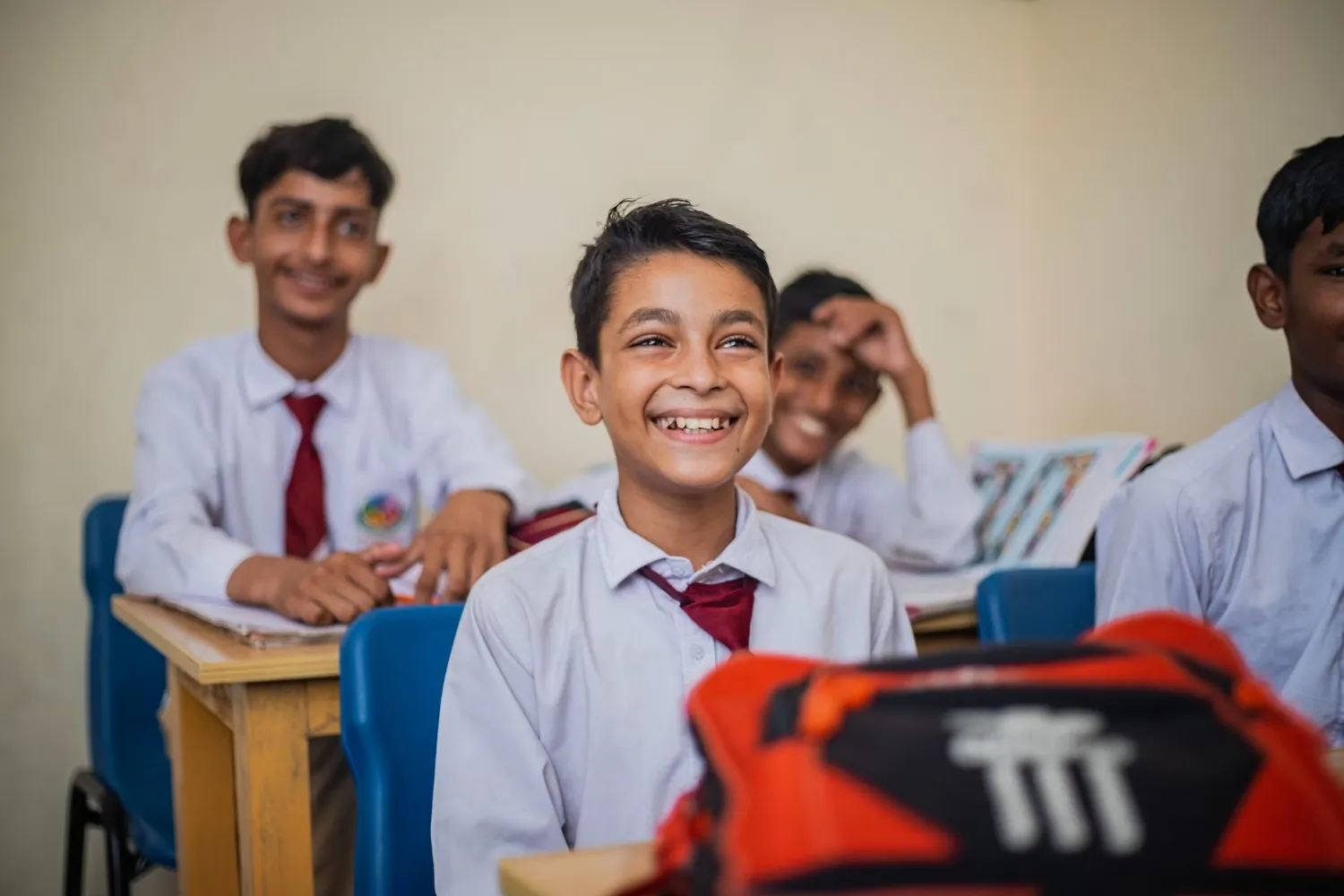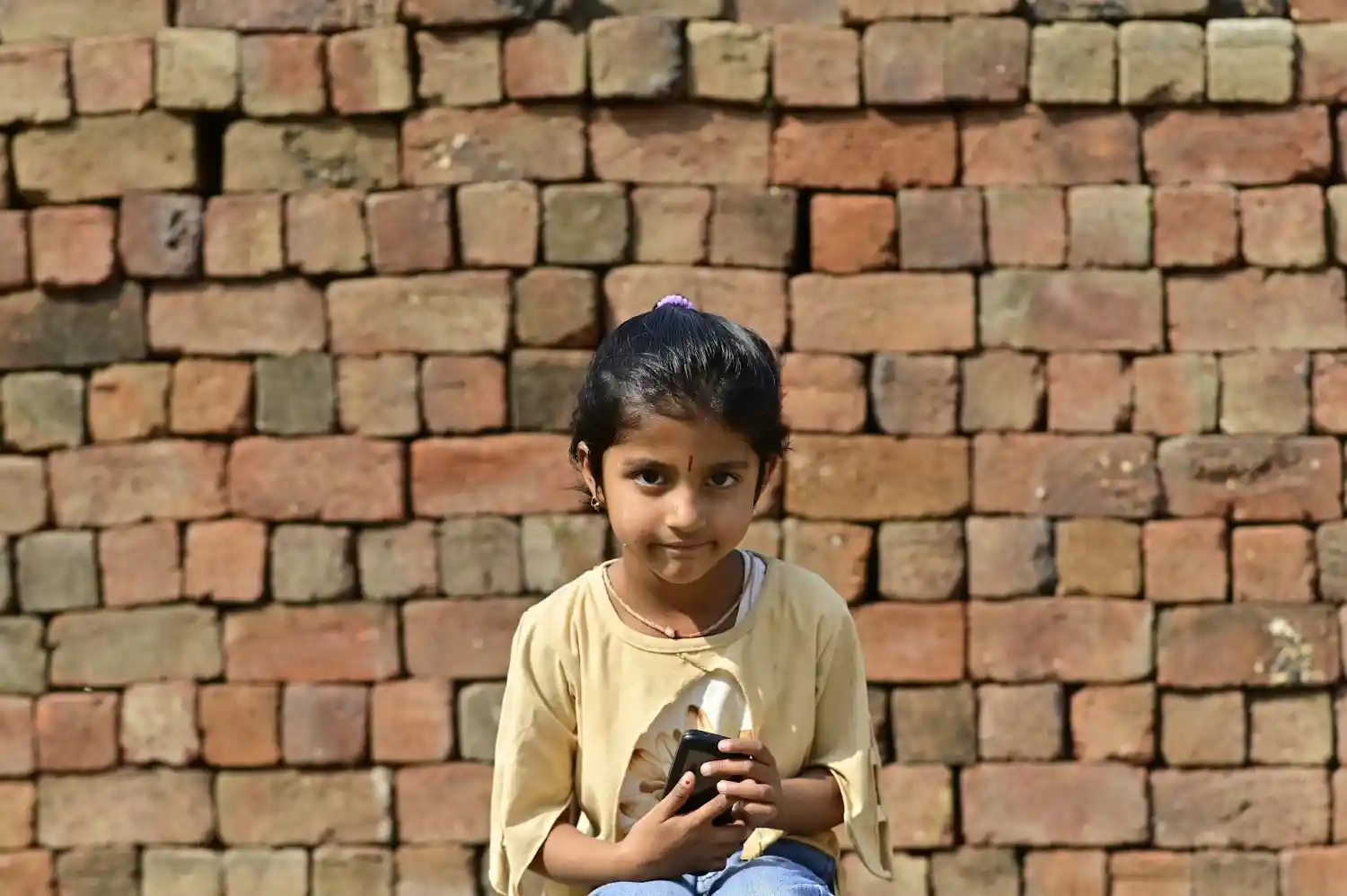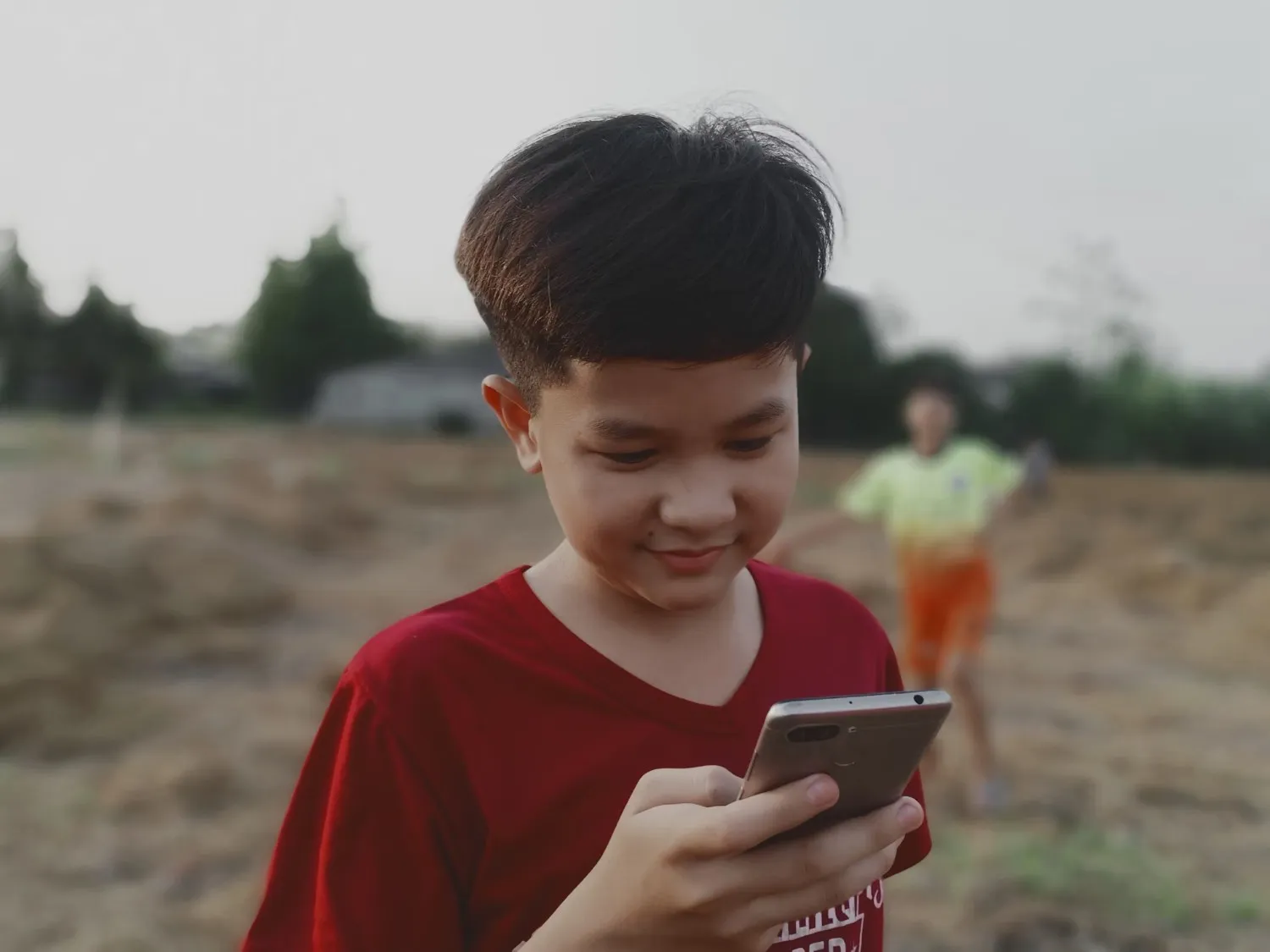Introduction: Why Digital Literacy Feels Like a Lifeline
If you’re one of those who works with or cares about children from underserved communities, you might have asked yourself: How can we take these underprivileged children on a digital path and prepare them for a world which is already digital?
Digital Literacy and Online Safety today is a survival skill for most of Us—like reading or writing. But when children in villages and urban slums have little to no access to technology or training in areas of education, we’re not just talking about a digital divide. We’re talking about a missed opportunity to protect, educate, and empower.
This blog is a guide for an educator, NGO worker, policymaker, or simply someone who wants to make a difference. Organizations like the Unessa Foundation are already working on the ground to bridge this divide by delivering digital literacy programs to underserved children across India.
Together, we can solve the problem of Digital Illiteracy and can explore how to introduce children to digital spaces—safely, affordably, and with purpose.
Why Digital Literacy for Underprivileged Children Is More Than Just Access

You’ve probably seen this before: a family of five sharing one smartphone, or students relying on neighbors’ Wi-Fi to submit homework. While providing access is the first step, true digital empowerment comes from understanding and safety.
Many kids from low-income families face:
- Limited device availability
- Poor or no internet connectivity
- Lack of digital skills among parents
- No school-based online safety education
Now imagine this: a child who finally gets access but doesn’t know how to spot an online scam, or how to respond to cyberbullying. That’s a recipe for harm.
Digital education must go hand in hand with online protection for students—especially those who are most vulnerable.
For a deeper look at how learning environments can become truly inclusive, explore Education Without Barriers: My Eye-Opening Journey, which shares practical ways to make education accessible to all.
Through field-tested programs, the Unessa Foundation has empowered thousands of children with the basic tools to navigate the digital world safely. From rural tech kits to parent-led awareness sessions, they focus on sustainable impact where it matters most.
5 Things Every Child Should Learn About Digital Safety and Skills
Whether you’re running a rural learning center or teaching in a classroom with limited infrastructure, start with these five pillars:
1. Start Simple: Basic Digital Skills
Before safety comes usability. Kids need to understand:
- What icons mean
- How to use a browser or app
- Where to find help when they get stuck
Keep it visual. Use local language guides. Celebrate small wins—like opening their first email or searching a safe site.
Even creating digital flashcards or letting them draw what they learned on paper is a great way to reinforce knowledge without screen overload.
2. Introduce Online Risks Without Fear
Teach safety like you’d teach street smarts. Use age-appropriate stories and examples:
- What is cyberbullying?
- What happens when you click on a suspicious link?
- Why it’s important to keep passwords private
Games and role-play help here. Make it fun—but make it stick. You can even organize digital safety weeks where students share what they’ve learned with the community or parents.
3. Make Cyber Hygiene a Daily Habit
Just like brushing their teeth, students should learn:
- To log out of accounts
- To report anything suspicious
- To use strong but memorable passwords
Model these habits yourself. When kids see you being safe online, they’re more likely to follow your example. Posters around classrooms and centers with safety tips also serve as daily reminders.
4. Teach Kids to Question What They See
We live in a world of fake news and digital manipulation. Help kids ask:
- Who made this?
- Can I trust this source?
- Is it trying to make me scared, angry, or spend money?
Use side-by-side examples of real vs. fake posts. Encourage healthy skepticism. Make this a game—”Spot the Fake”—where students earn points for correctly identifying misinformation.
5. Build an Emotional Safety Net
Children must feel comfortable telling a teacher or guardian if something feels wrong online. You can:
- Create anonymous suggestion boxes
- Ask how they feel after screen time
- Let them share without fear of punishment
Invite mental health counselors or older peer mentors to lead talks. Normalize speaking up about digital experiences—positive or negative.
What’s Holding Us Back—and How to Work Around It
Yes, the challenges are real:
- One device for many children makes personal learning hard
- Expensive mobile data limits browsing
- Uninformed caregivers can’t offer support
- Schools often lack structured digital literacy programs
But here’s what can work:
- Use printed storybooks to explain digital concepts
- Run workshops using one tablet with group roleplay
- Involve older students as peer mentors
- Translate guides into regional languages
If you’re part of an NGO or school, partner with local government schools or panchayats. Seek CSR funding or collaborate with edtech startups open to piloting inclusive projects.
The Unessa Foundation actively collaborates with government schools and local bodies to implement inclusive, community-driven solutions. If you’re inspired to support or scale such initiatives, Donate Now—big or small—can help bring digital safety and learning to even more children.
You can learn how these collaborative models work in Building Supportive Educational Ecosystems, where schools, families, and NGOs co-create lasting change.
Real Strategies You Can Use (No Fancy Gadgets Needed)
If you’re an NGO or community teacher, here are proven approaches:
Offline Kits for Digital Awareness
Distribute posters, games, and comic-style stories about safe internet behavior. Include pictorial safety rules and case study-based exercises to simulate real situations.
Local Language Learning Apps
Even voice-based instructions help first-generation learners feel confident. Translate safety alerts and app tutorials into mother tongues to remove barriers.
Train Local Youth as “Digital Safety Champions”
They can teach younger kids using relatable language and examples. You can even incentivize them with digital badges or certification.
Install Free Parental Controls on Shared Devices
Tools like Google Family Link, Safe Surfer, or OpenDNS can do wonders for homes with shared phones.
Encourage Group Browsing Sessions
Three kids on one device can learn teamwork, plus you can guide them easily. Create structured browsing activities—searching for information, comparing results, and discussing findings.
Make It Memorable With These Activities
- Digital Do’s & Don’ts Bingo: Reinforces rules in a fun way. Offer prizes for the first winners.
- Fake or Real? Game: Compare screenshots to test awareness. Make it competitive with scoring and feedback.
- Story Circles: Let kids share experiences with digital tools—especially their successes and challenges.
- Emoji Emotion Charts: Encourage discussion around uncomfortable online experiences. This also improves emotional vocabulary.
You can document their participation and progress through digital literacy journals or simple certificates of completion.
For more on fostering emotional and mental well-being in digital spaces, see Mental Health Support in Education: What I Really Learned.
If You’re a School Teacher—Try This
Even in resource-limited schools, you can add value with:
- A “Digital Safety Hour” once a week
- Class rules like: “Never share your password—even with a friend.”
- Quick chats about news stories related to online safety
- Invite local cyber cops or digital trainers to speak in assemblies
Ask students to make posters or roleplay scenes that highlight online safety. Make digital etiquette part of school behavior charts.
Just as discussed in Community Involvement in Education, local participation enhances not just digital safety, but overall student development.
“In our center, one poster about online safety sparked weeks of questions from students. That’s when I knew it mattered.” — Community Educator, Odisha
If you’re looking to take action, consider supporting the Unessa Foundation’s mission. Your donation can directly fund digital learning kits, training programs, and safe tech access for children who need it the most.
Conclusion: Start Where You Are, Use What You Have
You don’t need to be a cybersecurity expert. You don’t need expensive gadgets.
You need empathy. A willingness to talk. And the ability to show children that the digital world is both powerful and risky.
When we teach cyber literacy for kids, especially those from underserved areas, we’re not just protecting them. We’re empowering them.
Start small:
- Translate one online safety rule a week into your local language
- Host a 10-minute weekly discussion
- Celebrate each child’s digital skill milestone
Because digital literacy is no longer a luxury. It’s their right. And organizations like those featured in Top 10 Education NGOs in India are leading this effort on the ground.
And online safety is no longer optional. It’s their armor.
Let’s equip them—with skills, safety, and the self-belief to thrive in a digital world.
💛 Donate to fund digital learning kits and training programs 💛
Your donation helps us fund:
- Emotional health toolkits for classrooms
- Training sessions for teachers and caregivers
- Mental health workshops and counseling support
- Art and play therapy sessions for children in trauma
Even a small monthly contribution can fund mindfulness materials, journals, or wellness kits for multiple children.
Want to see how effective digital platforms can amplify NGO impact? Check out The Power of NGO Websites: Examples and Key Elements.















